It’s only since I started reviewing games that I found out what it’s like to go into the experience blind.
With Dungeons of Hinterberg all I really had was the name. It had something to do with dungeons, and it was probably set in Germany.
Those guesses turned out to have a fifty percent hit rate, it’s actually set in Austria.
Clearly I know what I’m doing, but there’s more to see here.
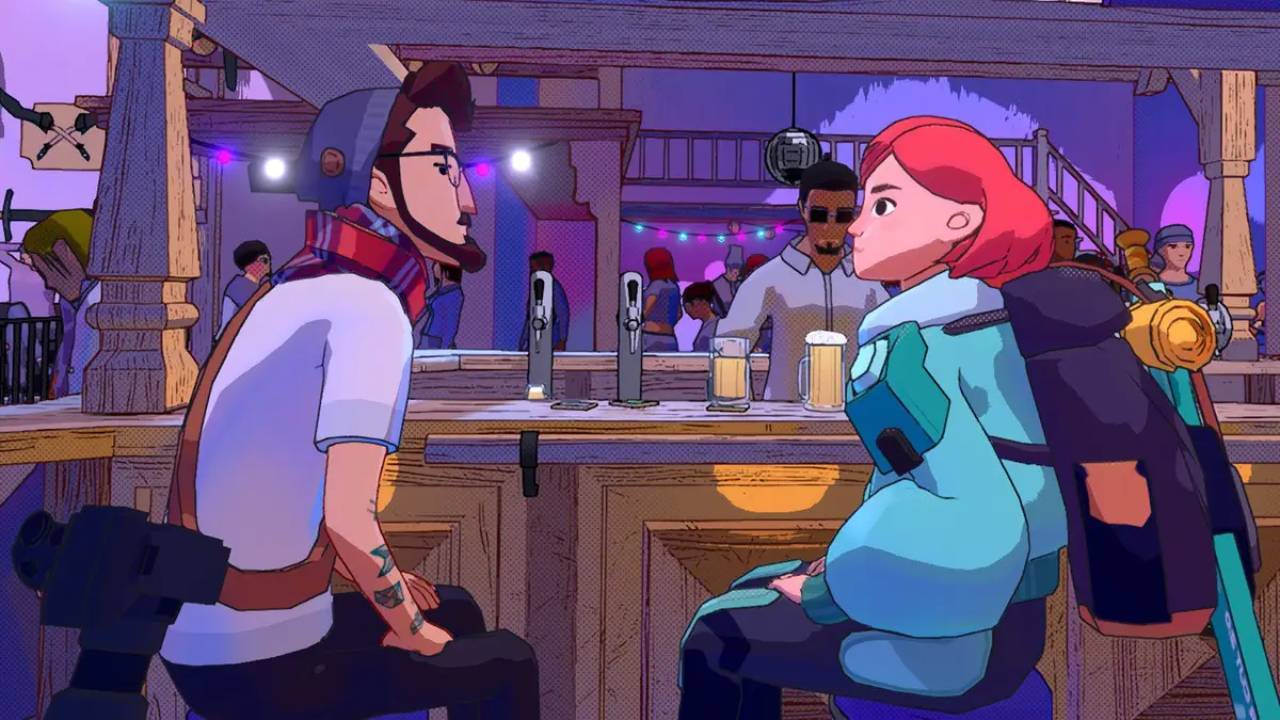
Cell shaded art makes colours POP.
That’s my first thought when I see the main menu. It’s not just the comic book style with bold line art, but the actual use of colour throughout. This game is not afraid to present our eyes with a beautiful kaleidoscope.
This art is a strong stylistic choice, but it has its downsides.
There’s not much in the way of dynamic shading, light hits everything uniformly which makes every surface look very… well… flat.
Combine that with the big eyed character design and my first thought when seeing the face of our player character Luisa is that she looks like one of those Nintendo Wii avatars.
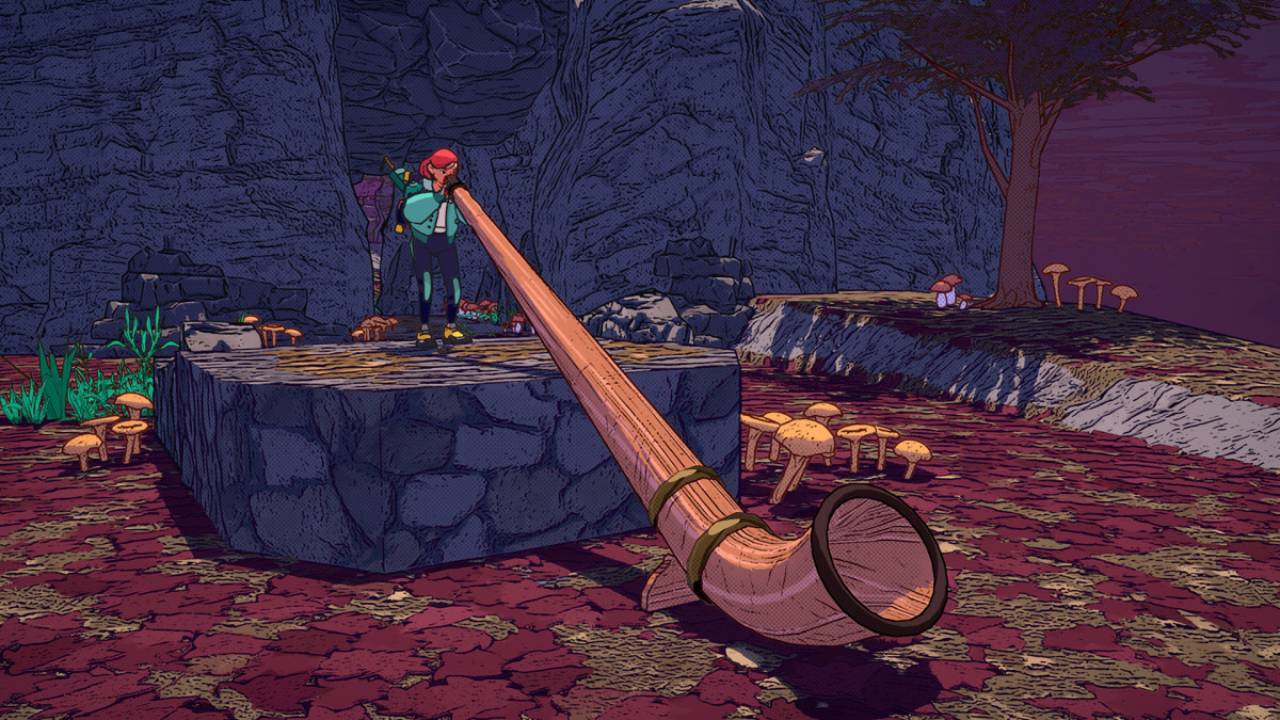
We are hit with some contradictions right away. The main character has a sword, but there’s a modern gondola in the background of the main menu; The first hint at the fusion setting.
There’s no music yet, just idyllic birdsong and insects. Lettering also follows that comic book panelling and so does the speech bubbles from our characters.
The story is delivered to us from Luisa’s perspective, she’s the only one we see thought bubbles from because we are in her inner world.
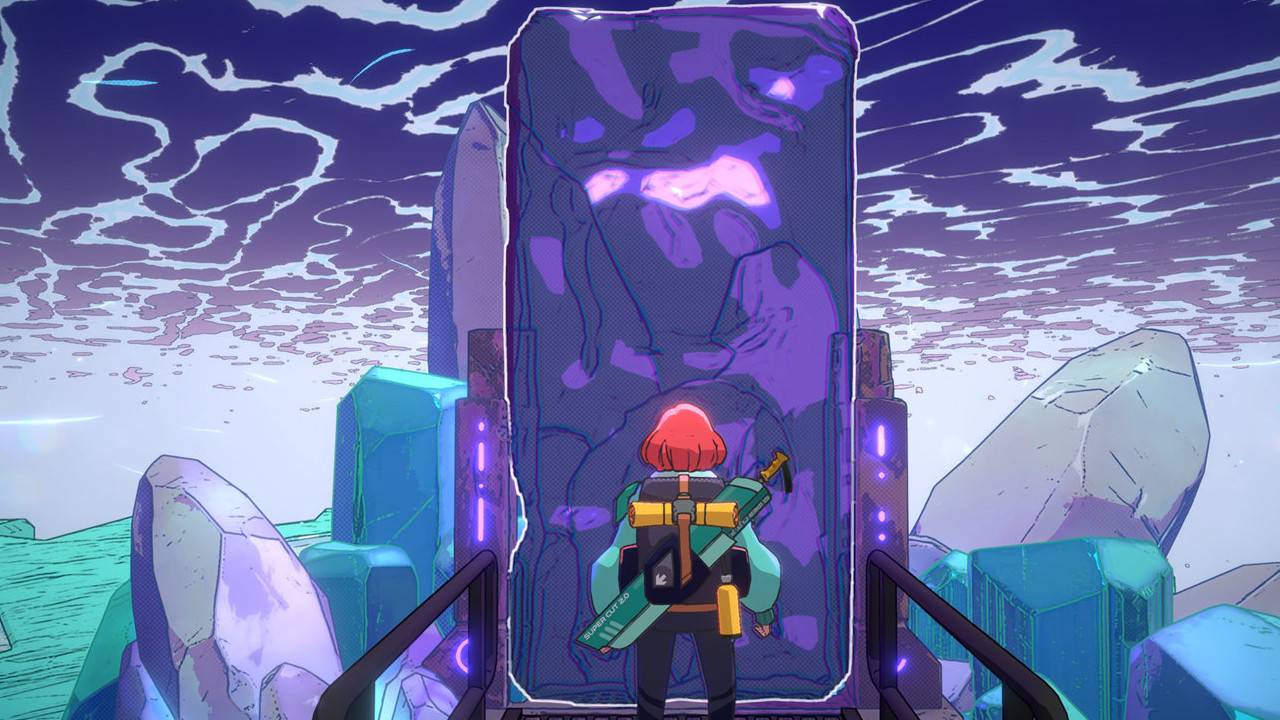
She is a lawyer from Vienna looking to escape the mundanity of her repetitive life by visiting a region where magical dungeons have started spawning monsters thus, naturally, becoming a tourist hotspot.
She waxes philosophically for a bit about the nature of adulthood and the wistful longing for the wonder of childhood she can no longer indulge in.
Relatable.
This was where I first learned my ‘Germany’ guess was incorrect by the way. Looking up the developer, Microbird Games, confirms. Austrian game, set in Austria.
Luisa lands in her BnB, confirms she is there to kill monsters because girls just want to have fun and off we go.
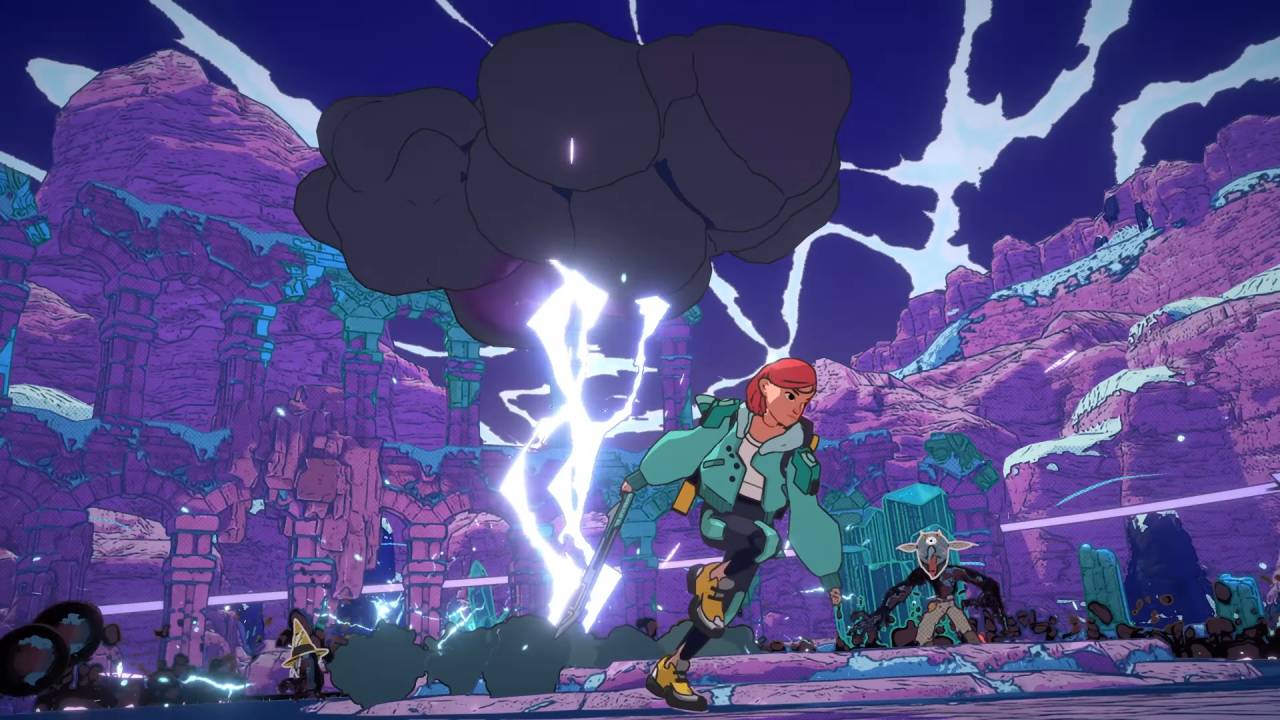
The entire game is basically ‘what if hiking was entering dungeons and killing monsters to get treasure?’.
Hinterberg’s slogan is ‘Enjoy your slay’; NPCs talk to you as though you are a tourist here to enjoy the local scenery, telling you about the best places to gear up and how much we are going to enjoy ourselves.
In the background is a story about how magic mysteriously appeared in this one place in Austria, causing dungeons with non-sapient monsters to start spawning and allowing people to gain magic and cast spells. This caused a thriving tourist industry to develop around the town, with slayers plunging into the dungeons and developing their own economy.
And somewhere along the line all of this became very… ordinary.
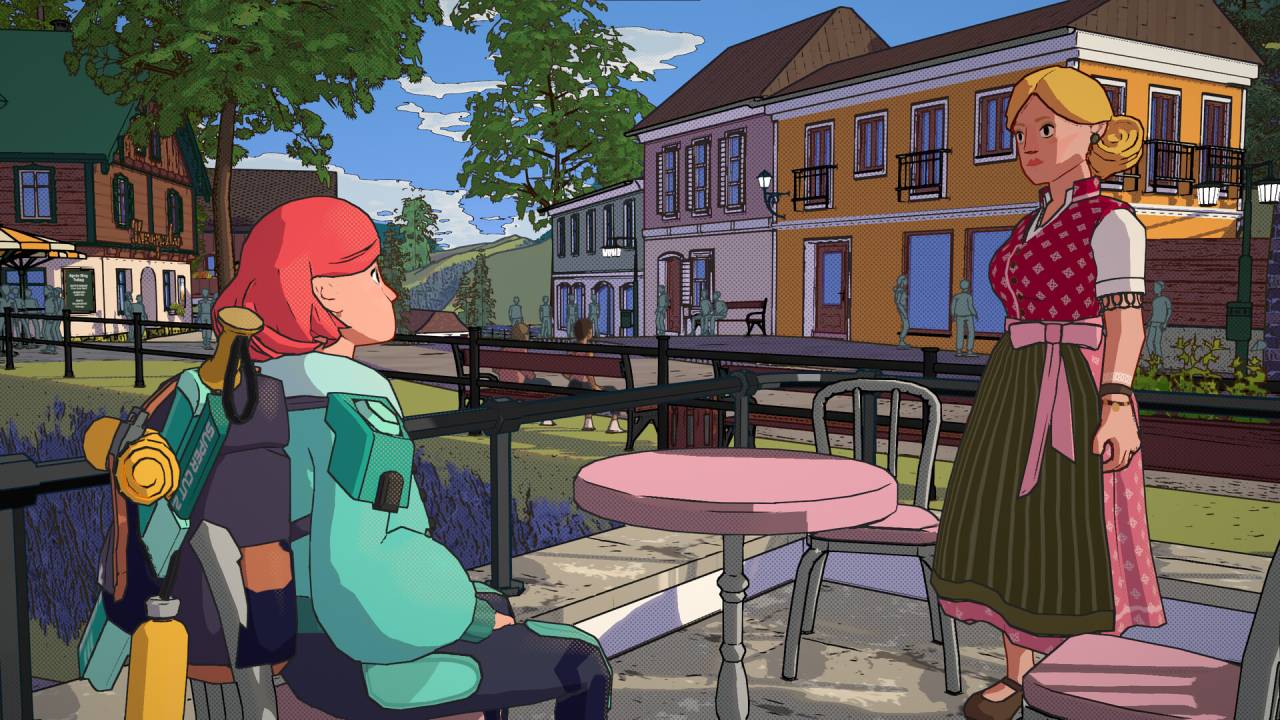
One of the first friends we make in the village is a Spanish temp worker doing two jobs, one of which is running a kiddie area where children can practise with weapons. She mentions she finds time on her breaks to grab her battleaxe and get some exercise killing monsters.
NPCs warning us of danger comes off less as them telling us not to get into life and death fights against supernatural monsters and more like a pro telling a newbie not to tackle that triple diamond ski route until they are prepared.
This is exactly the story of a girl going on a skiing holiday to unwind from her stressful job, except ‘skiing’ is replaced with fighting strange creatures in mysterious cosmic sub dimensions.
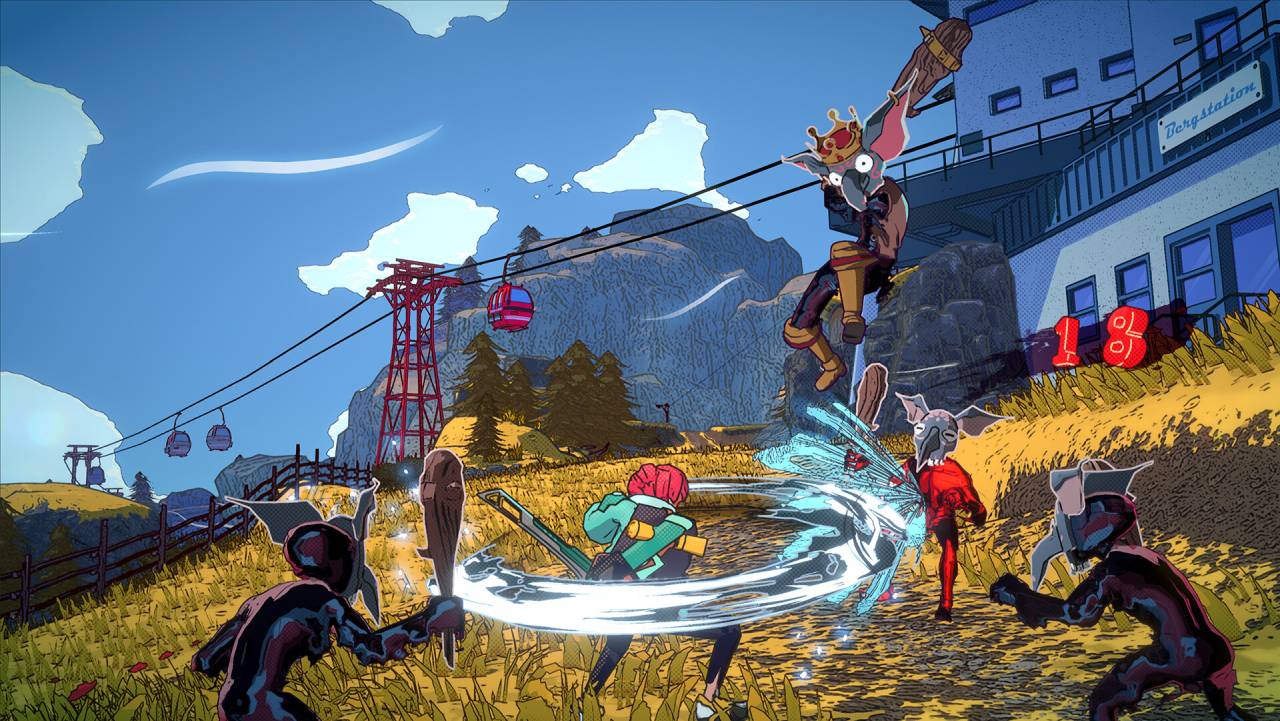
Landscape and area design is probably this game’s single biggest strength.
Hinterberg itself is gorgeous, as though the developers went to an actual tucked away idyllic Austrian town on the banks of a lake surrounded by peaceful woodland and just translated everything into beautiful splashes of colour for a video game.
As you progress through time, you can increase ‘relaxation’ and ‘amusement’ stats by doing things like going to the spa or spending the afternoon just chilling out in a nice scenic spot in place of tackling a dungeon. The entire game is geared towards telling you to stop and smell the flowers, enjoy the landscapes Microbird have obviously lavished great care on.
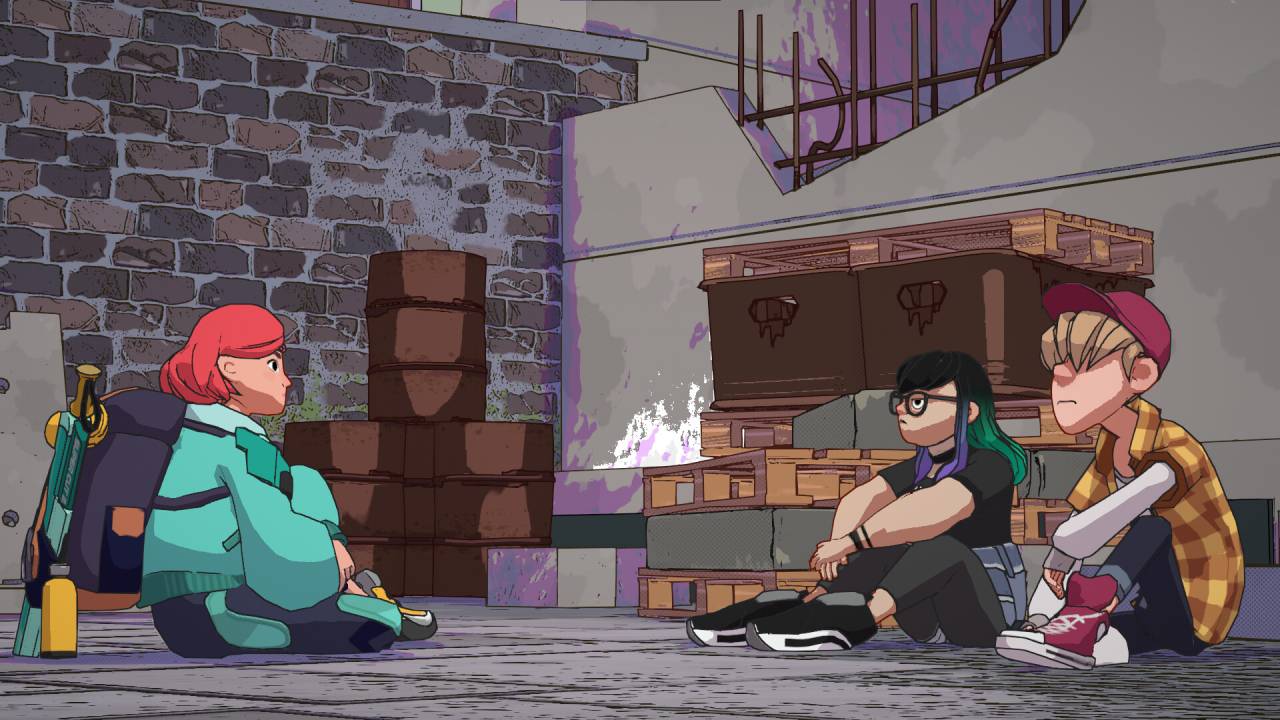
The dungeons themselves provide some variety, the first is clearly going for a liminal space effect. There’s human amenities like benches and gardens, roads and cars, but arranged nonsensically in an endless space of floating islands. As though placed there by something that knew what human things were, but not the context they usually appear in. So there’s a bench on a vertical surface, a car on a floating island with nowhere to go and nonsensical houses in ridiculous places.
Then an underground mine and a slime cavern make it clear that this game is not a one trick horse and plans on giving us quite the buffet of unique environments.
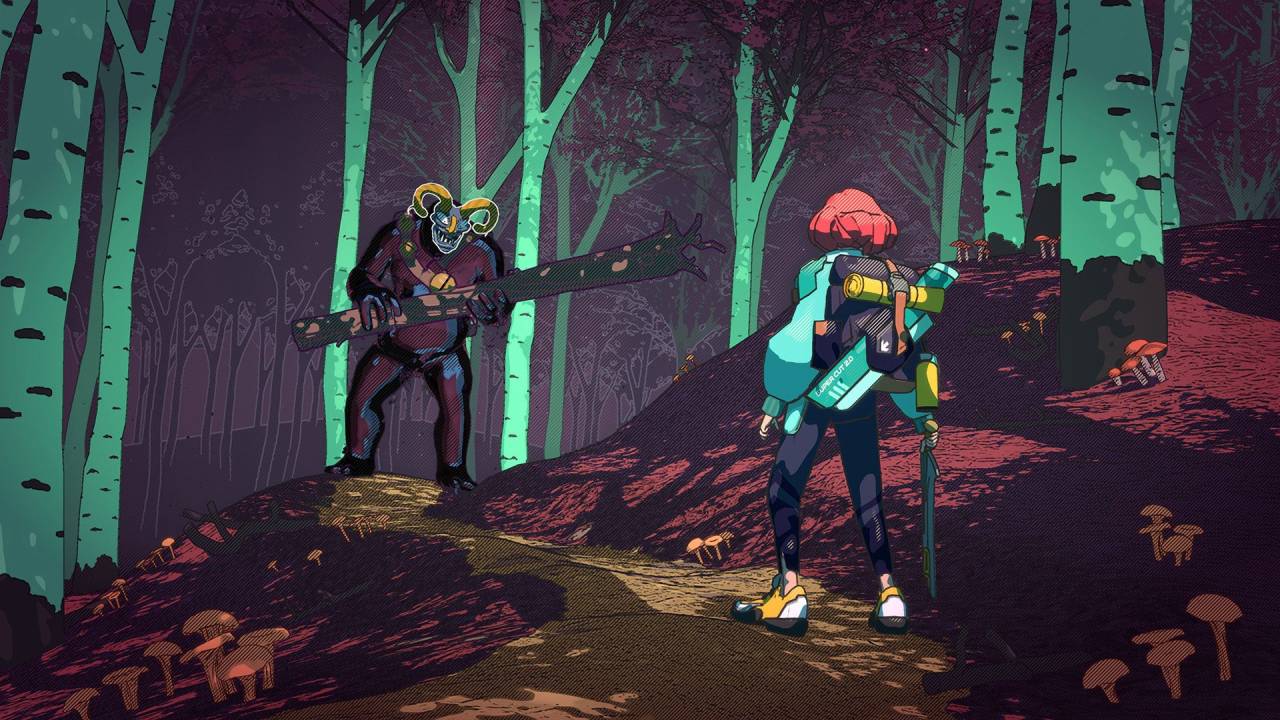
I had an immediate dull spike of resignation at the bog standard ‘ledge puzzle with one way to progress’ thing that games sometimes do. Complete with splashes of paint to denote climbable surfaces. I think it was Yahtzee Croshaw who said that this type of game design is just an unusually shaped corridor and a game that puts too much of this in falls into danger of becoming… rote.
No matter how pretty the environments are, if there is only one way to progress through them and no real challenges or fail states on the way, then what you have is a walking simulator with extra steps. Fortunately the puzzles and environments start to increase in intricacy after the first couple of dungeons, adding some much needed challenge in navigation.
You can acquire better gear, better armour and weapons. There aren’t any exotic attributes to this, it’s just ‘bigger number better’ nothing much to say there. You get a couple of spells that change depending on region and some special sword skills that let you do things like leap across the battlefield or spin like an angry Beyblade.
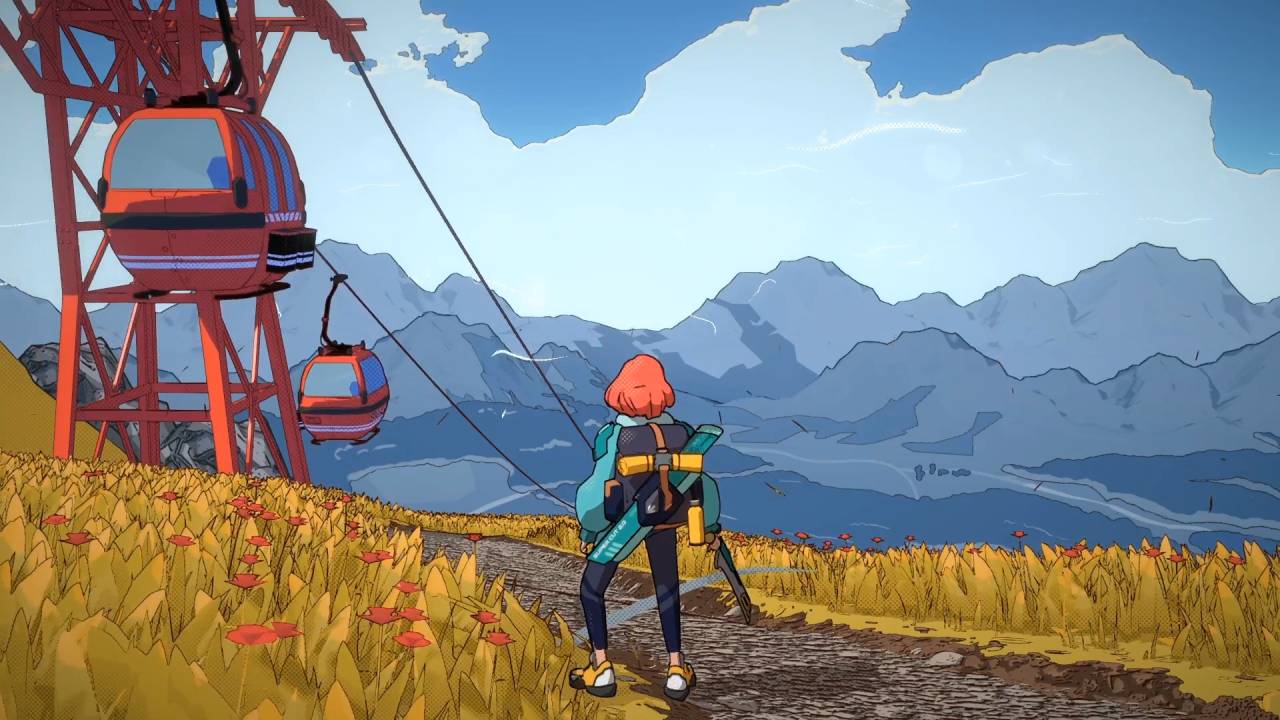
Combat is probably the weakest aspect of the game so far. The dodge is not very fluid, it doesn’t interrupt sword swipes. Most fights boil down to ‘hit the guy, dodge, hit the other guy’. The special abilities can spice things up but there’s not much in the way of customisation if you want to fight ‘your’ way. Every fight is arena based. A fire ring springs up and surprise monsters pop up to fight you in this designated area.
It could be worse, I still had fun with the push and pull of fighting, and an experimental tackling of some monsters way above my level does tell me there is challenge to be found here, but there’s lots of room for improvement.
Dungeons of Hinterberg seeks to be something different than your bog standard hack and slash game, which is good because the actual hack and slash gameplay is probably its weakest aspect.
The game world is stunningly beautiful and encourages you to just slow down, form relationships with the NPCs in the hub area and enjoy it rather than rush your way to becoming the biggest, most powerful slayer in town before the week is out. It’s a good way to curb that gamer instinct to optimise the fun out of the game and I look forward to seeing what Microbird does next.
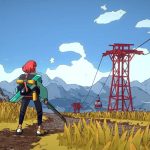
Released: July 2024
Rating: PG
Platforms reviewed: PC
Genre: Adventure
Developer: Microbird Games
Publisher: Curve Games

